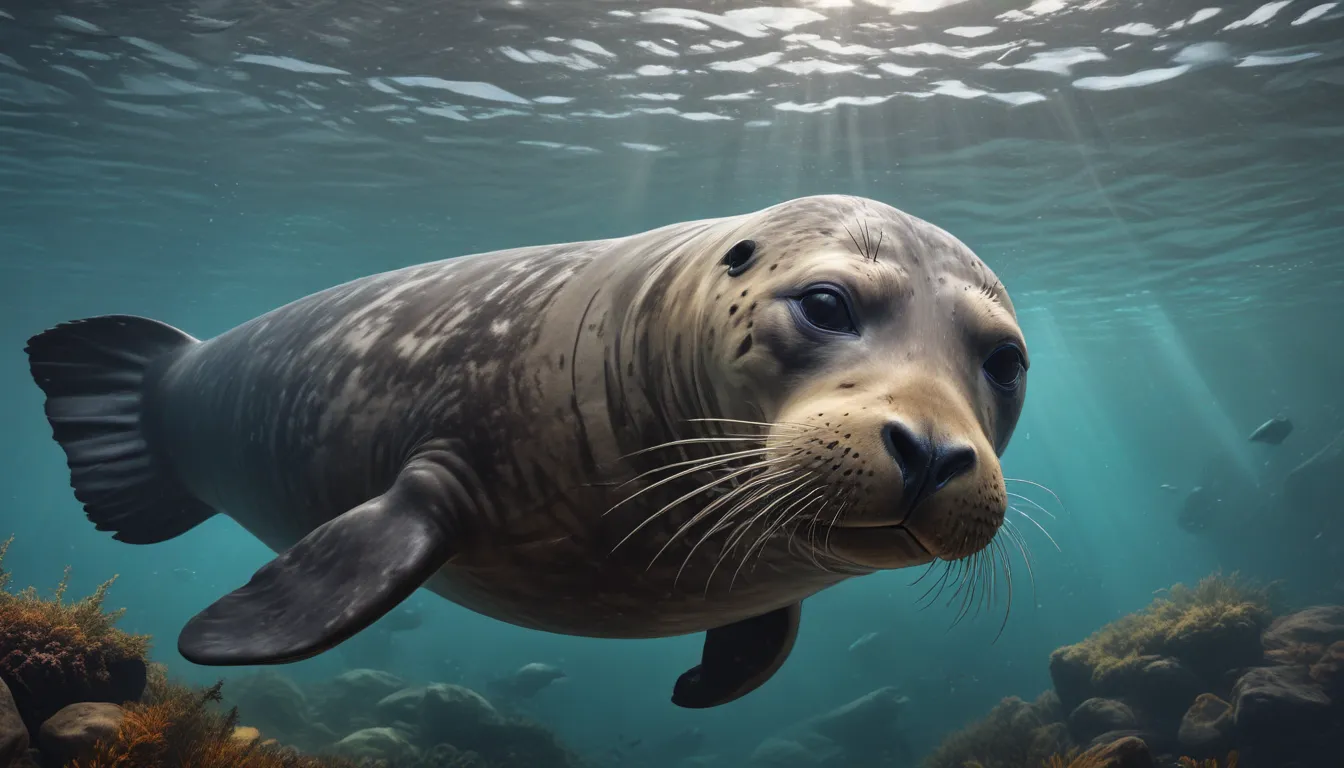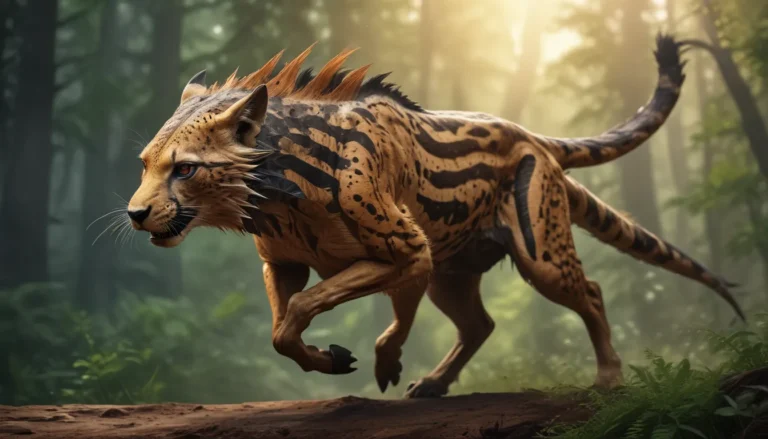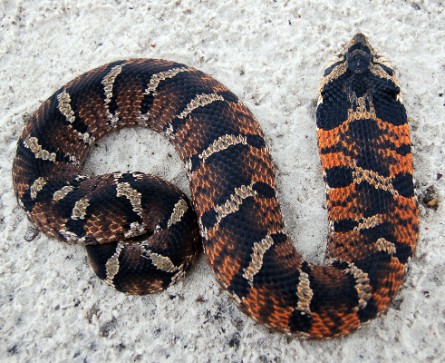The pictures we use in our articles might not show exactly what the words say. We choose these pictures to make you interested in reading more. The pictures work together with the words but don’t take their place. The words still tell you the important facts.
Seals, with their sleek bodies, expressive eyes, and playful nature, are captivating creatures that inhabit both land and sea. Belonging to the family Phocidae, these marine mammals are known for their excellent swimming abilities and unique adaptations. From their adorable appearances to their impressive diving skills, seals have fascinated humans for centuries. In this article, we will explore 20 interesting facts about these remarkable creatures, delving into how they navigate through the waters, socialize with their fellow seals, and survive in their challenging habitats. So, get ready to embark on a fascinating journey into the intriguing world of seals!
Key Takeaways
- Seals are amazing marine mammals with streamlined bodies, thick blubber, and excellent diving skills. They play a vital role in marine ecosystems by maintaining a balance and contributing to biodiversity.
- Seals have diverse habitats, long lifespans, and playful behaviors. They are revered in mythology and folklore, symbolizing grace and interconnectedness with the marine world.
- Seals remind us of the wonders beneath the surface of our oceans, showcasing the rich diversity and beauty of marine life.
Seals Belong to the Family Phocidae
The family Phocidae encompasses true seals, characterized by their lack of external ear flaps. These sleek marine mammals are further divided into different species, each with its distinct characteristics and habitats.
Seals Possess a Streamlined Body
Seals have evolved with a streamlined body shape that allows them to glide effortlessly through the water. Their torpedo-like bodies, combined with powerful flippers, make them excellent swimmers.
Seals Have a Thick Layer of Blubber
Underneath their skin, seals have a thick layer of blubber that acts as insulation and provides buoyancy. This layer helps them stay warm in cold waters and acts as an energy reserve during periods of fasting.
Seals are Carnivorous
Seals primarily feed on fish, squid, and other marine invertebrates. Their diet varies based on their habitat and the availability of prey in their surroundings.
Seals are Excellent Divers
Seals can dive to impressive depths in search of food. Some species, like the elephant seal, can dive up to 5,000 feet deep and hold their breath for extended periods.
Seals are Social Animals
Many seal species are known for forming large colonies during breeding season. These colonies can consist of thousands of individuals, providing protection and social interaction for the seals.
Seals Communicate Through Various Vocalizations
Seals use a range of vocalizations to communicate with each other. These vocalizations include barks, growls, and even songs, varying in pitch, duration, and intensity.
Seals Have Excellent Underwater Vision
Seals have adapted to see well in both air and water. Their specialized eye structure allows them to focus and see clearly underwater, aiding in hunting and navigation.
Seals Can Sleep in the Water
Seals have the remarkable ability to sleep in the water while floating. They can partially shut down their brain activity and still rise to the surface to breathe without waking up fully.
Seals Have Thick Whiskers
Seals have specialized long whiskers, known as vibrissae, on their snouts. These whiskers are extremely sensitive and help them navigate and detect prey in murky waters.
Seals Have a Diverse Range of Habitats
Seals can be found in various environments, including the Arctic, Antarctic, temperate coastal waters, and freshwater lakes and rivers.
Seals Have High Metabolic Rates
Seals have adapted to efficient energy usage to sustain their high metabolic rates. They can maintain an optimal body temperature even in cold water by minimizing heat loss.
Seals Have Few Natural Predators
Due to their size and ability to defend themselves, seals have few natural predators in the wild. However, large sharks and killer whales are known to prey on seals.
Seals are Skilled at Camouflage
Seals have markings and patterns on their fur that help them blend in with their surroundings, providing some protection against predators.
Seals Go Through Molting
Seals shed their old fur and grow new fur to maintain optimal insulation and hydrodynamics.
Seals Have Evolved to Regulate Their Heart Rate During Dives
Seals can lower their heart rate during dives, conserving oxygen and allowing them to stay submerged for longer periods.
Seals Can Have Long Lifespans
Depending on the species, seals can live up to 30 years or more in the wild. Various factors can influence their lifespan, such as predation, disease, and habitat degradation.
Seals Display Playful Behavior
Seals are known for their playful nature, engaging in games, acrobatics, and social interactions. These behaviors help them strengthen social bonds within their colonies.
Seals Have Been Revered in Mythology and Folklore
Throughout history, seals have held a special place in human cultures. They have been mythologized and revered as symbols of grace, adaptability, and interconnectedness with the marine world.
Seals Play a Vital Role in Marine Ecosystems
Seals are key predators in their ecosystems, maintaining a balance by preying on certain fish populations. Their presence and activities contribute to the overall health and biodiversity of marine habitats.
In conclusion, seals are fascinating creatures that have successfully adapted to various habitats around the world. From their sleek bodies to their remarkable diving abilities, seals continue to captivate both scientists and animal lovers alike. As we strive to protect and conserve these incredible animals, it is essential to continue learning about them and raising awareness about their importance in maintaining the balance of marine ecosystems. The next time you spot a seal in the ocean, take a moment to appreciate the wonders of these remarkable creatures.
FAQs
-
What are seals?
Seals are aquatic mammals that belong to the family Phocidae, known for their streamlined bodies, flippers, and ability to migrate between land and sea. -
Where do seals live?
Seals can be found in various regions across the globe, including the Arctic, Antarctic, and different coastal areas, preferring habitats like rocky shores, ice floes, and sandy beaches. -
What do seals eat?
Seals primarily feed on fish, squid, and other marine creatures, with their diet varying based on species and prey availability. -
How do seals communicate?
Seals communicate through a combination of vocalizations, body language, and visual displays, producing sounds like barks, growls, and whistles. -
Are seals endangered?
Some seal species are considered endangered or vulnerable due to habitat loss, climate change, pollution, and overfishing, emphasizing the need for conservation efforts. -
Can seals live in both saltwater and freshwater?
Most seals are adapted to saltwater habitats, but certain species like the Baikal seal can tolerate and thrive in freshwater environments. -
How long do seals live?
Seal lifespans vary by species, with the average ranging from 20 to 30 years, though some species like the Weddell seal can live over 30 years. -
Do seals have predators?
Seals have a few natural predators, including sharks, killer whales, and polar bears, with human activities posing the biggest threat to their survival. -
Can seals stay underwater for a long time?
Seals are excellent divers, staying submerged for extended periods, with some species like the Weddell seal capable of holding their breath for up to 90 minutes. -
Are seals social animals?
Yes, seals are social animals, forming colonies on land and gathering in groups in water, engaging in social behaviors like vocalizations, grooming, and play.
Trust in our commitment to quality and authenticity as you explore the fascinating world of seals, learning about their behaviors, habitats, and importance in marine ecosystems. Embark on a journey through the captivating realm of these marine mammals, appreciating their remarkable adaptations and unique qualities.






